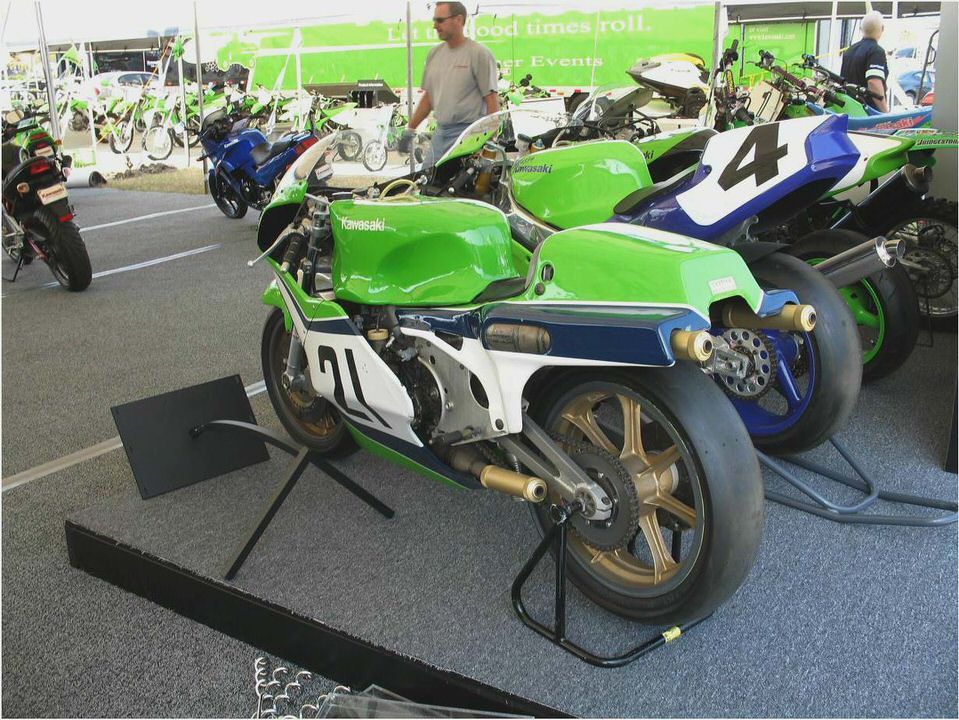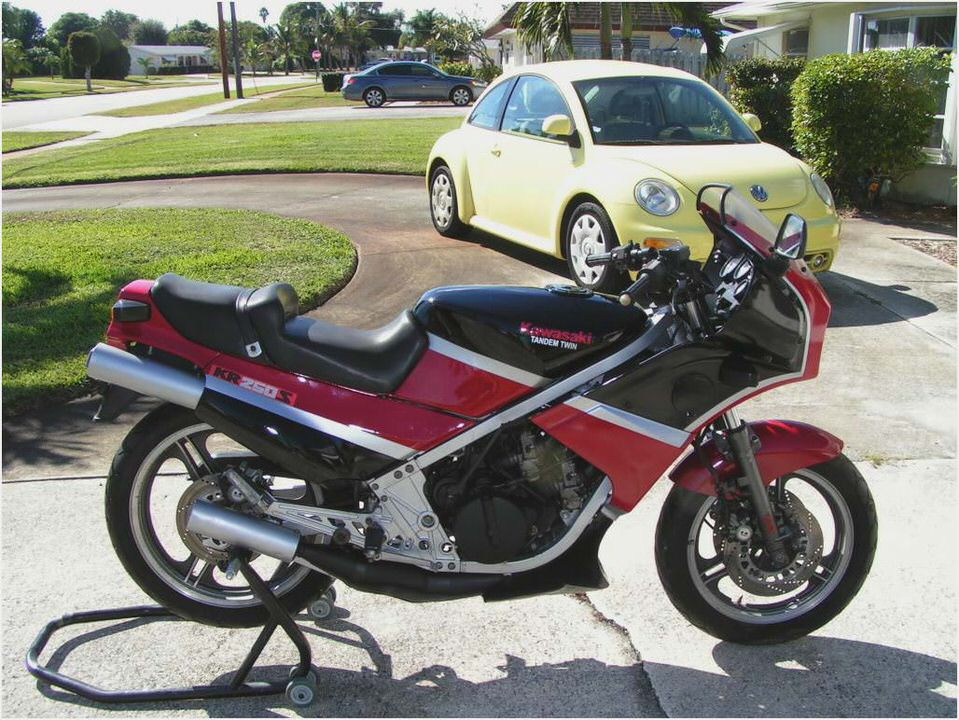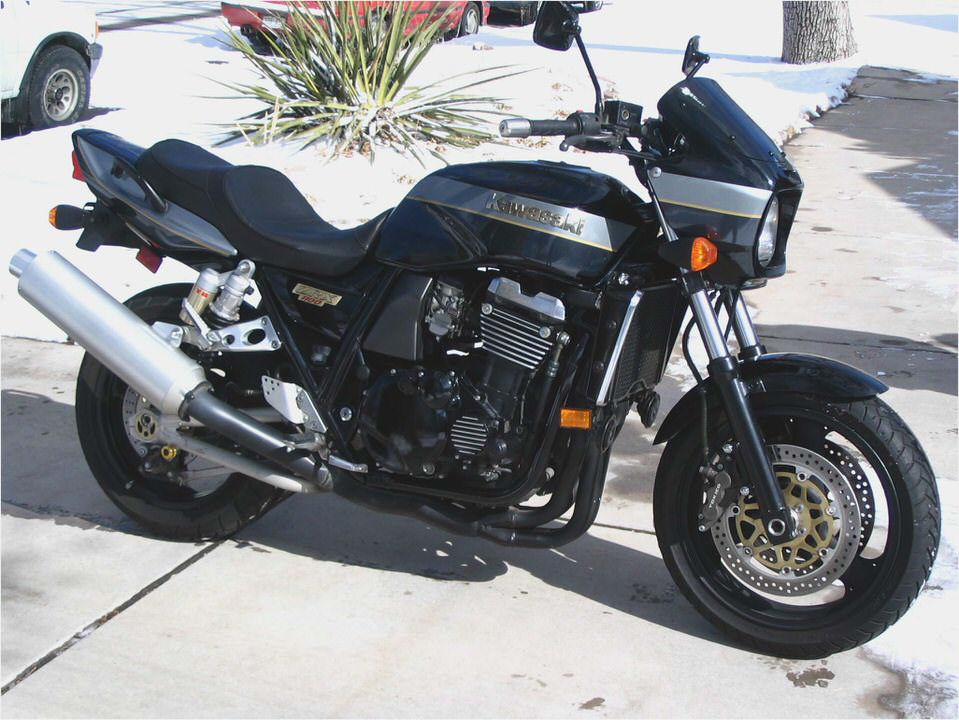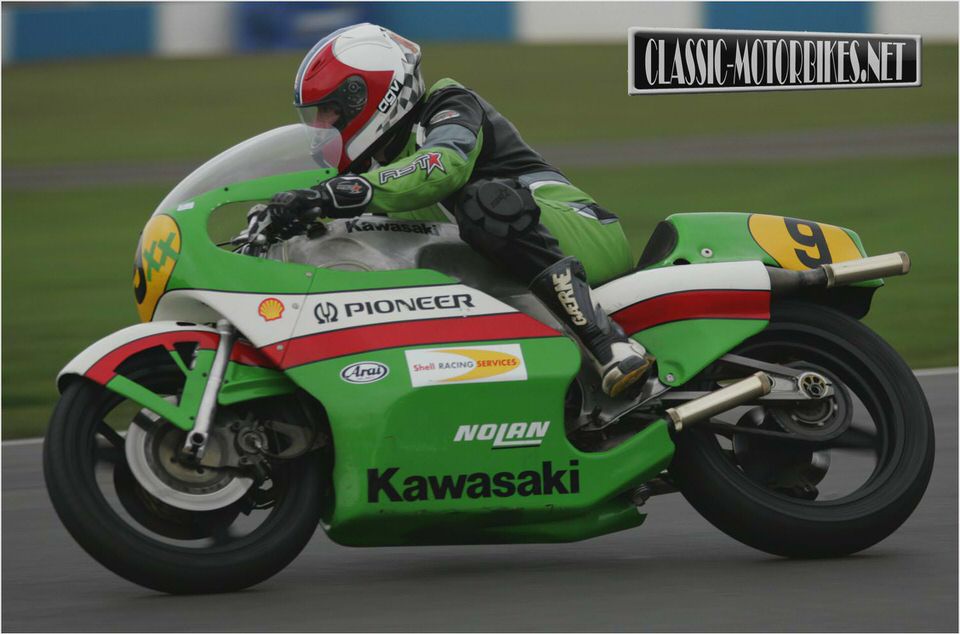
For Sale: Honda MotoGP Bike! Honda says it will produce for-sale Grand Prix machinery in 2014.
Honda’s MotoGP chief, Shuhei Nakamoto, has disclosed that for the 2014 season, the company will offer for sale a V-Four 1000cc MotoGP “production racer.” This machine will take the place of the present leased satellite bikes. It will be a full prototype, subject to current prototype rules, and is not to be confused with the lower-spec Claiming Rule Teams (CRT) machines running for the first time in this year’s championship.
CRTs are powered by what are essentially Superbike kit engines carried in chassis from makers already supplying the spec-engine Moto2 class. Leading companies are Suter, FTR and Kalex.
What is a production racer? The outstanding example from recent history is Yamaha’s long line of TZ250s, 350s and 750s. They were developed specifically for racing, sold through the dealer network and reliable when operated “by the book.” When you bought one, it was yours; you didn’t have to return it at the end of the season as is the case with lease bikes.
You could update it, as I did my 1970 Kawasaki H1-R production racer in ’71 with the offered H1-RA kit or as Yamaha TZ750A owners did in 1975 with the “full kit.” You could modify it or you could sell it and buy next year’s model. It was a flexible, affordable way to go racing for hundreds of riders worldwide. Such over-the-counter machines provided the backbone of national and international racing for years.
Honda’s current production racer is the NSF250R . intended for Moto3 but also offered in the U.S.
The current complexity of the MotoGP class comes from the fact that prototype four-stroke racebikes are very expensive to design, develop, produce and maintain in the field. When the MotoGP class first arrived in 2002, it quickly attracted participation by Honda, Yamaha, Suzuki, Kawasaki, Aprilia and Ducati. Aprilia dropped out after finding that its entry, the three-cylinder “Cube,” was the fastest down the straights yet the slowest in lap time.
Put bluntly, Aprilia was too small a company to solve the machine’s problems. Ducati entered the class with more power than anyone and was soon achieving podium finishes and wins. But after Ducati took a world title in 2007, its course has somehow turned downward.
Casey Stoner, despite brilliant riding, won fewer races each year from 2008 through 2010 and was then hired by Honda, taking the 2011 title on its machine. Ducati now appears lost, being nearly 2 seconds a lap in arrears despite having high-level riders Valentino Rossi and Nicky Hayden.
Kawasaki started out in MotoGP with hotted-up Superbikes, then took a step up when former Yamaha engineer Ichiro Yoda moved to its racing department. Despite this, the team was eventually forced by economics to stand down. The same has now happened to Suzuki, with a suggestion it will rejoin in 2014.
This leaves just Yamaha and Honda in close competition, with Ducati present but out of contention in a sea of lease bikes and barely ahead of the CRTs.
MotoGP grids have shrunk steadily toward the 15 machines that Dorna CEO Carmelo Ezpeleta is contractually obliged to present. To keep his series from turning into a pumpkin, Ezpeleta pressured the manufacturers to cut lease prices (rumored now to be 3 million Euro), pushed a single-bike-per-rider rule to notionally release more bikes for additional entries, and now has implemented the grid-packing scheme we know as CRT.
Bear in mind here that World Superbike, while a stable, well-managed series with full grids, six brands in contention and close competition, is believed to attract only about one-tenth as much financial action as does MotoGP. There is something special about the appeal of exotic machines.
Although this is the first year for the CRTs, with their artisan chassis and production-based engines, they are obviously not part of MotoGP. They constitute a separate event, run concurrently with MotoGP, and management has acknowledged this by bringing the rider of the top CRT (usually finishing 13th) to the MotoGP podium.
Why are the CRTs “slow?” First, as was the case with Moto2 bikes in their first year, it is taking time to exploit what potential they do have. But it must also be said that CRTs are based on the idea that a “Lego motorcycle” can succeed, that we can take any 1000cc engine, snap it into someone’s chassis, slip on suspension, brakes and wheels and go racing. In reality, racing a Lego-bike is the classic clubman-racer syndrome of taking your bike to the track to try to fix what’s wrong with it.

If you Google “Shuhei Nakamoto,” you will find his remarks on this. He points out that in Formula One, aerodynamics rightly receive the major share of development, while chassis and engines are much less important. But in MotoGP, the chassis underlies everything else. If the chassis is right, having a bit less power is little handicap.
But if the chassis is not right, no amount of additional power can make a winner of it. Chassis development requires major factory effort, and you can see this on the track. The Hondas and Yamahas have well-established good chassis qualities— no one else does!
Those qualities have arisen from continuous development over 10 years’ time.
Ezpeleta sees the regional success of limited series like British Superbike and imagines something similar may work at international level. He therefore proposes a spec ECU. Nakamoto says factories use MotoGP to develop control strategies that will become part of future production bikes.
That being so, if MotoGP becomes all-CRT sometime soon, with a spec ECU, mandatory metal brake discs and whatever other “leveling” measures Ezpeleta may from time to time propose, the sport will have lost its attraction for the factories and they will withdraw. That would leave MotoGP as a mish-mash of BSB, SBK and a long list of picky itemized controls on whatever is perceived as being “too expensive.”
I call this process “taking the grand out of Grand Prix.” Others disagree and hope that from the stacks of new rules and restrictions will flow a vital, creative new kind of racing that will attract ever-more teams and spectators.
Evidently, Honda has decided that by offering an affordable, serious alternative to CRTs, the dumbing-down of MotoGP may be averted. The Honda MotoGP “production racer” would come with a baseline, something that no homemade CRT has or can have. It will handle well out of the box, and that good handling will be available equally to all who buy such a machine.
Satellite teams unable to afford the high price of present lease bikes will see the production racer, costing less than one-third as much, as a better deal than trying to simultaneously develop and race a Lego-bike.



- 2012 Kawasaki Versys 1000 Review
- Kawasaki History
- 2010 Kawasaki ER-6n
- Kawasaki Versys Luggage and Accessories – webBikeWorld
- 2010 Kawasaki Voyager 1700

